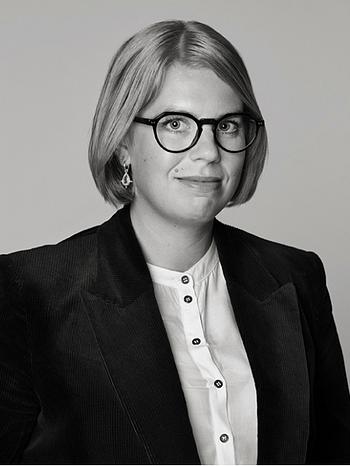André Marfaing
Untitled
Signed Marfaing. Canvas 81 x 60 cm.
Alkuperä - Provenienssi
Galerie Ariel, Paris.
Galleri Glemminge, Glemmingebro.
Näyttelyt
Galleri Glemminge, "Drömmen om den stora skriften/Le rêve de L'ecriture large", 1977.
Kirjallisuus
André Marfaing et al. "Drömmen om den stora skriften/Le rêve de L'ecriture large", Edition Glemminge, 1977, illustrated full page.
Muut tiedot
André Marfaing was born in Toulouse in 1925. He studied law and later became a professor of the field while painting for himself. Later, he became more and more involved in the arts, taking sculpture and painting lessons in Toulouse. In 1949 he left his hometown to settle on the suburbs of Paris, where he continued his artistic career.
Until 1953, Marfaing's painting was figurative: the subjects were traditional, depicting nature and still life, but in a more suggestive than descriptive way. In Paris, he met artists such as Fernand Léger, Maurice Estève, Alfred Manessier and Pierre Soulages. With the latter, he shared his south-western roots, a passion for Romanesque art and a love for the colour black. Marfaing definitely embraced the use of black, which is a combination of all colours, in relation to white, its opposite.
In the mid-1950s, Marfaing began to experiment with the abstract painting that characterises his work today, a painting related to lyrical abstraction but with its own expression. Eventually, he came to use only black on his canvases. "For me, black is the most natural means of expression," he said.
Marfaing's art has a depth, he questions himself and constantly explores the conflicts between shadow and light, between emptiness and abundance, between nothingness and being; a kind of spiritual art... Towards the end of his life, the works are stripped down and explore the balance where the tension of the line responds to the stability of the volumes. He wanted to express one thing in its fullness with as few mediums as possible.
Marfaing's first solo exhibition was held in 1958 at Galerie Claude Bernard. The following year he was invited to participate in Documenta in Kassel, Germany, and the first Paris Biennale at the Musée d'Art Modern. He won prizes alongside Martin Barre, Hundertwasser, Yves Klein and Joan Mitchell. In 1962, he participated in the Venice Biennale and joined the Galerie Ariel, directed by Jean Pollak. In 1967 he also joined the Birch Gallery in Copenhagen, Denmark.


















































